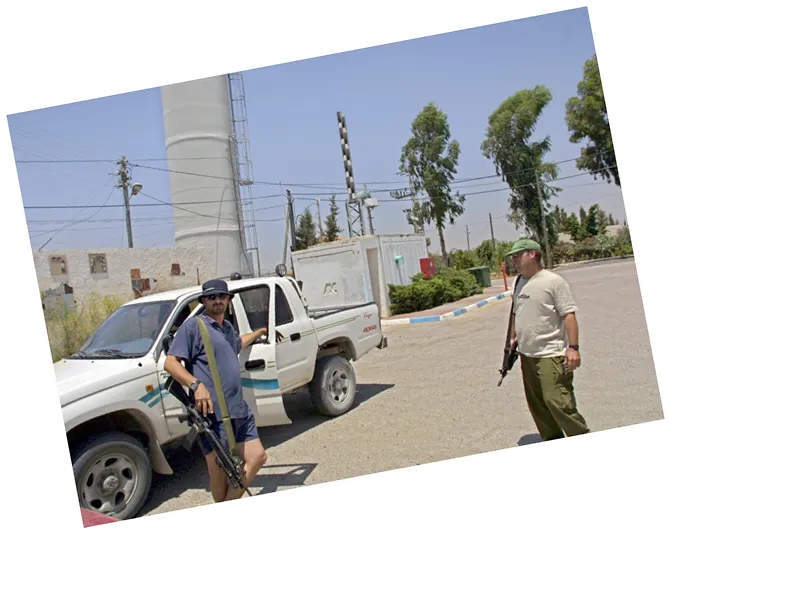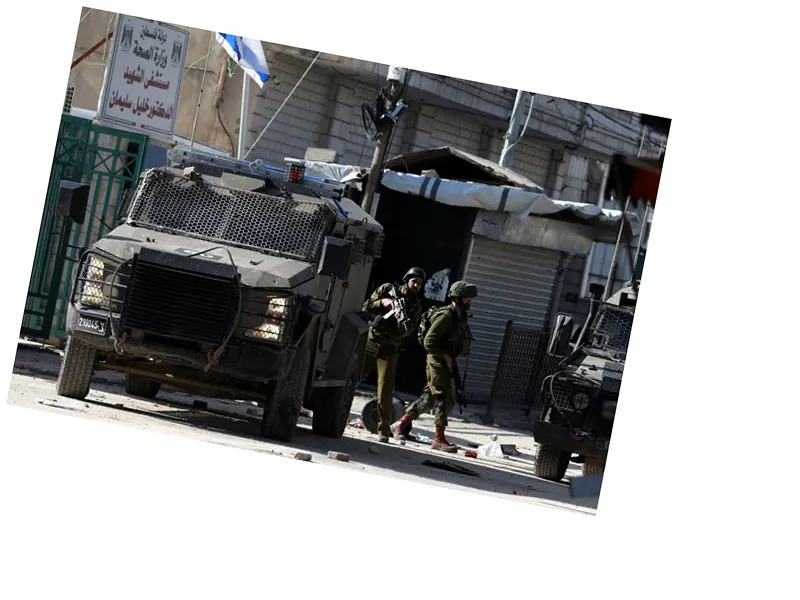Overview of Tarqumiya: A Historical and Strategic Palestinian Town
Tarqumiya, located in the Hebron Governorate of Palestine, is a town steeped in history and significance. Situated 9 kilometers northwest of Hebron, this town spans approximately 27,000 dunams and is perched at 490 meters above sea level. Historically known as Canaanite land, it was later occupied by the Romans who named it "Tricomias." The town serves as a critical junction connecting the Palestinian coastal plain with the Hebron Mountains and is the starting point for the safe passage road between the West Bank and the Gaza Strip via the Tarqumiya crossing.
Tarqumiya is surrounded by various towns and natural landscapes, bordered to the north by Beit Ula, to the east by the Hebron Mountains, and to the south by Idhna and Suba. The town's population has grown significantly from approximately 976 in 1922 to about 22,000 in 2023, reflecting its resilience and continuity despite the challenges faced by its residents.
Economic and Cultural Significance of Tarqumiya
The economy of Tarqumiya is primarily based on agriculture, with about one-third of its residents employed in this sector. The town is renowned for its production of olives, grapes, and various vegetables, although the agricultural potential is hampered by Israeli restrictions and land confiscations. Notable industrial activities include the Tarqumiya Cooperative Society for Olive Pressing and various local factories.
Culturally, Tarqumiya is rich in historical landmarks, including ancient mosques and archaeological sites dating back to the Canaanite era. The presence of significant historical figures and events, such as the Battle of Ajnadayn and various resistance movements against the Israeli occupation, highlights Tarqumiya's role in Palestinian history and identity. The recent violent incidents, including the shooting at the Tarqumiya checkpoint that resulted in the deaths of three Israeli policemen, further underscore the ongoing tensions in the region. Despite these challenges, the people of Tarqumiya continue to maintain their cultural heritage and strive for their rights against occupation.






